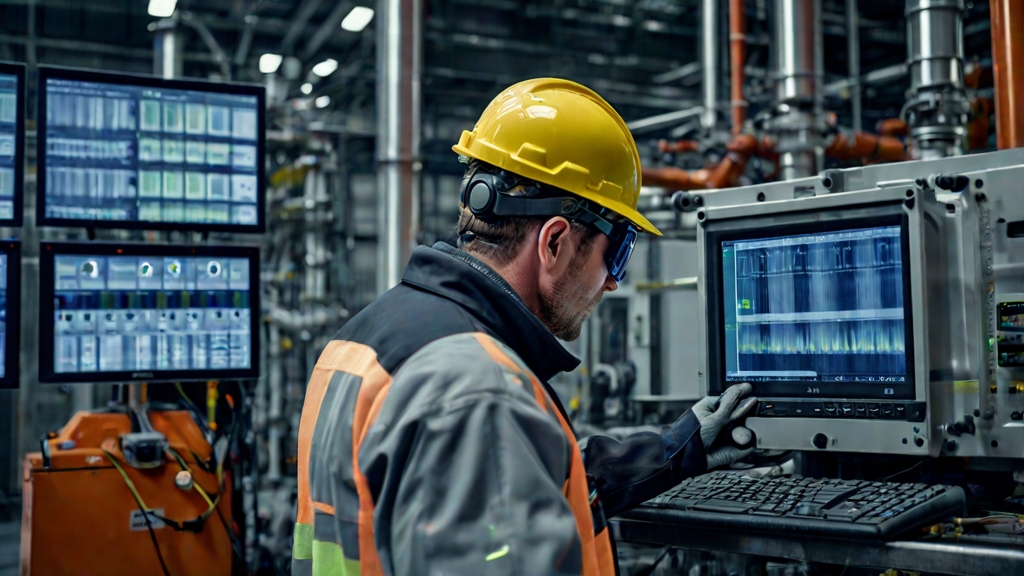As facility leaders step into the challenges of late summer 2025, balancing shrinking maintenance budgets with the rising cost of downtime and compliance is critical. Traditional maintenance and periodic inspections are no longer enough to protect sensitive manufacturing lines, data centers, or healthcare infrastructure. Real operational resilience now demands smarter, digital-first solutions—chief among them, the integration of thermal imaging with AI-powered predictive maintenance and modern CMMS.
Why Integration is the Game Changer
Thermal imaging reveals the invisible: identifying electrical hotspots, mechanical wear, and even subtle insulation failures with a quick, non-invasive scan. But when thermal data gets siloed in static reports, its value is limited. Integrate it into predictive platforms, however, and you transform snapshots into 24/7 insight—turning hidden risks into scheduled fixes before they become disasters.
Key Benefits:
- Prevent Unplanned Downtime: Early warning of impending failures, driving targeted interventions.
- NFPA 70B & OSHA Compliance: Automated, time-stamped documentation supports inspections and regulatory reporting.
- Risk & Liability Reduction: Quantifiable evidence for insurers, minimizing claims and premiums.
- Optimized Maintenance Spend: Fewer surprise repairs and more predictable budgeting.
Practical Steps to Effective Integration
1. Choose the Right Technology Partners
Select a certified thermal imaging provider—like Louisville IR Thermal Imaging—using high-resolution cameras and offering advanced reporting compatible with your CMMS or EAM platform (e.g., IBM Maximo, Fiix, or UpKeep).
2. Standardize Data Collection
Work with your provider to define measurement points, frequencies, and protocols (e.g., pre-shutdown scans, monthly high-load reviews).
3. Seamlessly Feed Data Into CMMS
Ensure thermal scan results, annotated images, and condition scores auto-upload into your maintenance software—triggering alerts, work orders, and analytics dashboards.
4. Leverage Predictive Analytics
Integrate with AI modules that analyze historical and real-time sensor data, correlating temperature anomalies with equipment age, repair history, and usage patterns.
5. Close the Loop with Automated Workflows
Enable your CMMS to auto-generate and assign preventive work orders based on predefined risk thresholds. Keep a complete audit trail to support compliance and insurance claims.
Case Examples: Preventing Downtime in the Real World
Manufacturing:
A mid-sized automotive factory in the Midwest used Louisville IR’s thermal scanning across its primary production line. Integrating these scans with their predictive maintenance module, they detected a degrading motor bearing that was close to overheating. By intervening during a scheduled changeover—rather than waiting for failure—the facility avoided a 10-hour, $240,000 unplanned outage and met their Q3 uptime targets.
Data Centers:
A regional data hub scheduled quarterly thermal scans, feeding data into their enterprise CMMS. AI-driven condition monitoring flagged a slow-growing hotspot in a redundant UPS system. Early action prevented a cascade failure, safeguarded SLAs, and ensured seamless summer operations during a critical traffic surge.
Building a Resilient Future: From Reactive to Proactive
As the sun sets on purely reactive maintenance, digital-first diagnostics are the cornerstone of future-ready facility management. By integrating thermal imaging with predictive platforms, leaders gain more than compliance—they unlock true operational resilience, cost predictability, and a safer work environment.
Start the Conversation:
If you’re ready to see how a certified partner can tailor this integration to your unique assets, contact Louisville IR today. Protect your uptime, budget, and reputation as you plan ahead for 2026 and beyond.

